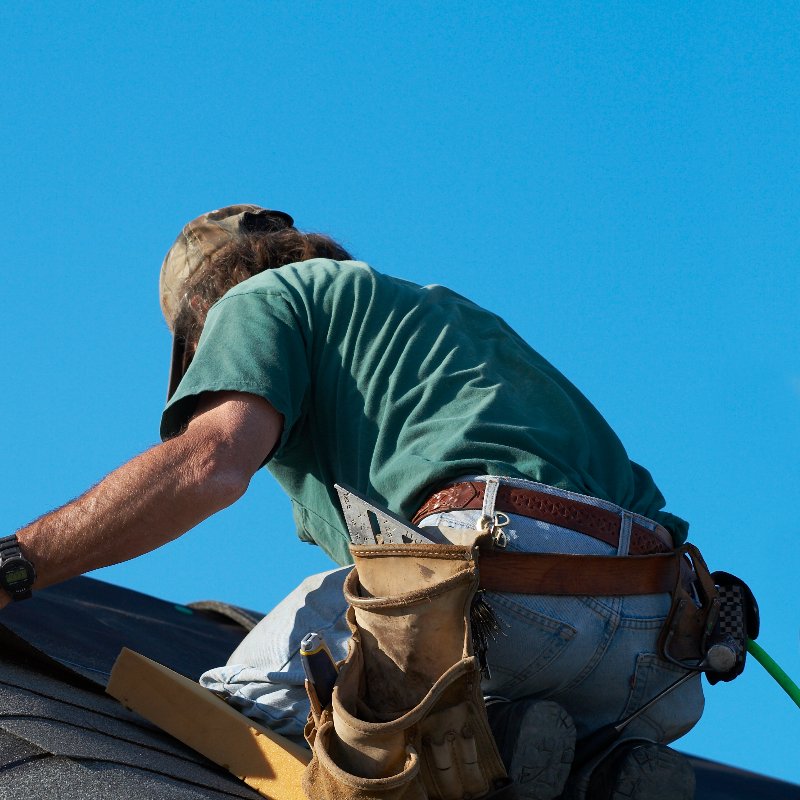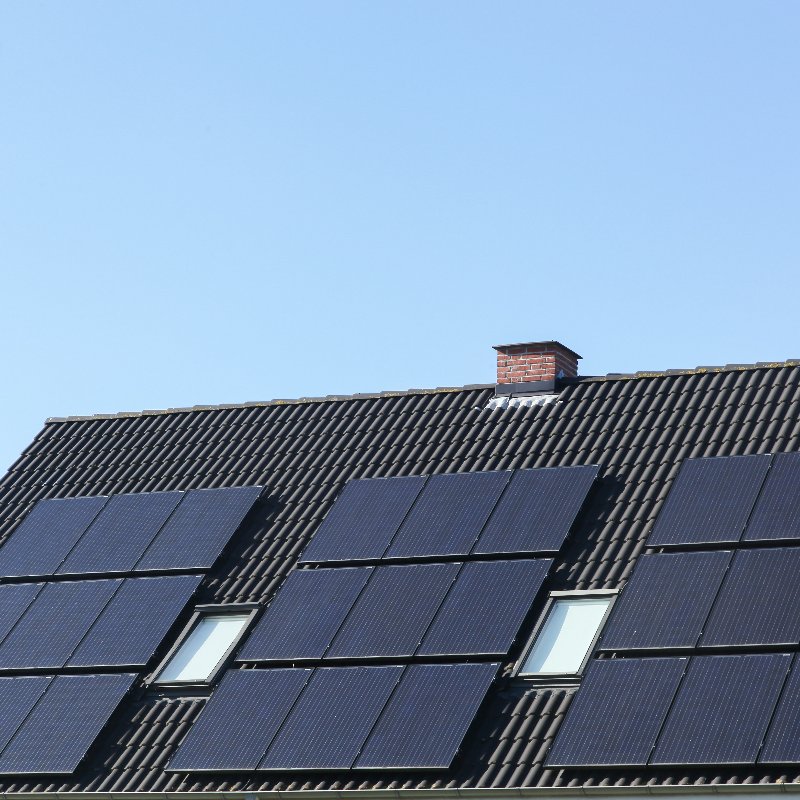
Choosing a Green Roof
When you own a commercial structure, there are many expenses involved. From the insurance and utilities to the maintenance and taxes. Some of those things, there isn’t much you can control, but with the maintenance and utilities, and easing your footprint on the environment you do have control over with green roofing.
Is green roofing just solar panels?
No, green roofing is much more detailed than solar panels. However, having solar panels on green roofing is done, and achieves more for the environment. Green roofing is built for growing medium by mixing mineral aggregates and a small amount of organic material. Yes, it is planting a garden, park, or simply just grass on an otherwise flat roof.
Can you install green roofing on a commercial building?
Green roofing has been practiced in Europe for decades, most of which are still in place. Here in the United States, green roofing is finally becoming more common, usually on commercial structures with flat roofing.
Can you install green roofing on your home?
Again, Europe is way ahead of Americans with green roofing, as most homes with flat roofing are topped with green roofing. Here in America, it is slow to gain popularity but has picked up in multi-unit residential structures. The tenants often take the responsibility for maintenance and upkeep and every resident has the liberty to reap the rewards of green roofing like fruits and vegetables.
How are green roofs installed?
The layer of vegetation for building green roofing is planted over a waterproofing system. There are three categories of green roofing:
- Extensive Green Roofing: The growing medium is shallow, less than six inches, creates a modest roof load with limited diversity in plants, and has a minimum requirement for watering. This type of green roofing is usually not accessible.
- Intensive Green Roofing: This also is a deeper medium, several feet that can support a diverse plant selection, with small trees. This is a heavier load on the structure that requires more maintenance and frequent watering. This type of green roofing is typically an accessible area.
- Semi-Intensive Green Roofing: This green roofing is a combination of the first two and engineering reports and a study of the roof will determine the type of planting based on the annual rainfall, and stormwater requirements.
The anatomy basics for any of these green roofing types will consist of the same basics that include:
- Vegetation
- Growing Medium
- Filter Membrane
- Drainage Layer
- Waterproof Layer
- Root Repellant Layer
- A roofing membrane that can support the plantings
- Thermal Insulation
- Vapor Control layer
- And most of all, structure support for the roof
Green roofing can be installed as one large section, integrated for each plant, or with small portable planting beds that are placed together, creating a larger green roofing result. This can be done so that the layers below the planters can be inspected.
How long does it take to install a green roof?
It depends on the size of the roof surface that is being planted with green roofing materials. A standard residential house can usually be done within one day. A larger commercial size building can take one to two weeks.
What are the benefits of green roofing?
There are many benefits to be had with green roofing, including the following four benefits:
- Economically: Green roofing is more costly to install but with the increase of R-value, the economics of this endeavor will offset that higher cost. The higher insulation keeps the building cooler in summer, and warmer in winter, and that eases the HVAC workload, equals dual savings: The utilities and the HVAC system last longer. Traditional roofing typically must be replaced within 20 to 25 years. Green roofing is known to last 40 years or longer, saving money by not needing new roofing.
- Stormwater Management: Green roofing helps control water retention and stormwater runoff, a big plus in areas of increased urbanization where green space is reduced and replaced with impervious surfaces.
- IAQ and Urban Heat Island: In a city where the surroundings are higher temperatures, referred to as the urban heat island effect, green roofing reduces that effect by lowering the temperature. Instead of more paved surfaces absorbing heat and releasing back into the surrounding atmosphere, green roofing covers the dark roofing surface and absorbs less heat while utilizing solar radiation to evaporate the heat through the plants.
- Greenhouse Gas Emissions Reduced: With green roofing reducing the cooling loads, the greenhouse gas emissions are reduced too due to less HVAC use.
How often does a green roof need maintenance?
The required maintenance for green roofing depends on the climate and the plantings. Below are some guidelines for an extensive amount of green roofing:
- Watering: Green roofing systems are typically installed with drought-resistant varieties that won’t require a built-in irrigation system. During prolonged drought, extensive green roofing should be watered every 10 to 15 days with less than half an inch of water if the temperatures are 85 degrees and above.
- Weeding: This should be done every two to four weeks, catching the weed prior to the flowering and dropping seed.
- Fertilizing: This should be every year for the first 5 years then have the soil tested to determine the amount, frequency, and type of fertilizing going forward.
Does a green roof still require guttering?
Because green roofing is typically installed on a flat roof, there should already be drains in place. The green roofing, however, will utilize the water by having its own drainage installed.

In Conclusion
One final question – are there any drawbacks to installing a green roof? There are two major drawbacks to green roofing: the initial cost of installing and the required engineering inspection before the installation. However, the benefits however far outweigh these drawbacks which is just a part of why it can be a great investment.